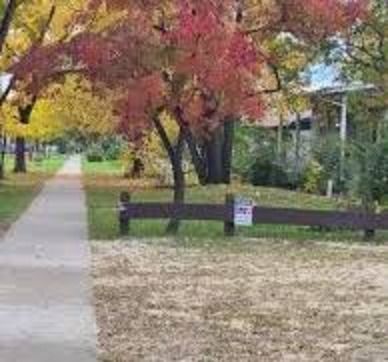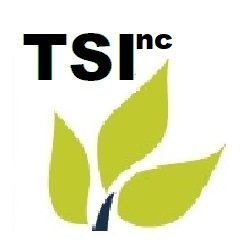How Regular Tree Pruning Can Prevent Storm Damage: Why Hiring a Professional Matters
Trevor Soltys & Paul Kasper
As homeowners, we often take for granted the beauty, shade, and tranquility that trees bring to our property. They’re more than just landscaping features—they can increase property value, enhance curb appeal, and provide a sense of natural harmony. However, trees can also pose a serious risk during storm season. High winds, heavy rain, and even the occasional snowstorm can cause branches to break or, in the worst cases, bring entire trees down.
One of the most effective ways to mitigate storm damage is through regular tree pruning. Pruning not only keeps your trees healthy, but it can also prevent potentially costly or dangerous damage during severe weather. While pruning may sound like a simple task, it requires a careful, knowledgeable approach to be done correctly. This is where hiring a professional arborist makes all the difference.
Why Pruning Matters for Storm Protection
Regular pruning is a proactive strategy that enhances a tree’s health and stability, making it less likely to cause damage during a storm. Here’s why it matters:
- Structural Integrity
Pruning removes weak, dead, or damaged branches that are more likely to snap in high winds. Branches that are too long or too heavy can throw off the tree’s balance, making it prone to breaking or even toppling over. Regular pruning helps ensure that your trees grow with a solid structure that can withstand the forces of nature. - Better Airflow and Balance
Proper pruning also improves the airflow through a tree’s canopy, reducing the chance of branches rubbing against each other or becoming tangled. This helps to balance the tree’s weight and reduces wind resistance, making the tree more stable during storms. A well-pruned tree will sway naturally in the wind, distributing the force evenly without putting excessive strain on any one branch or section. - Disease and Pest Control
Pruning removes diseased or infested branches, which can compromise the tree’s overall health and make it more vulnerable to storm damage. By addressing issues like rot, fungus, or insect infestations early on, you ensure that your tree remains strong and resilient, even in adverse weather conditions. - Improved Growth
When done correctly, pruning promotes healthy, controlled growth. By removing old or damaged branches, the tree can direct its energy toward new, stronger growth, ensuring long-term stability and durability.
Common Pruning Mistakes Homeowners Make
While pruning is essential, it’s easy to make mistakes if you’re not familiar with the proper techniques. Some common errors include:
- Improper Timing
Pruning during the wrong season can stress a tree and lead to weak growth or susceptibility to pests and disease. For instance, pruning a tree in the late fall or winter, when it’s dormant, can encourage new growth that may not survive a frost. A professional arborist knows when and how to prune based on the type of tree and local climate conditions. - Incorrect Cuts
Amateur pruning can sometimes do more harm than good. Cutting too close to the trunk or leaving stubs can damage the tree and create openings for disease or pests. Proper pruning requires precision and knowledge of where and how to cut to minimize injury to the tree. - Over-pruning
While it’s important to remove dead or damaged wood, over-pruning can destabilize a tree. Taking away too much foliage or cutting too many branches at once can weaken the tree, impair its ability to photosynthesize, and create stress that makes it more prone to storm damage.
Conclusion
Pruning is a crucial aspect of tree care, especially in areas prone to storms. By removing weak, damaged, or diseased branches, regular pruning improves the structural integrity of your trees and helps them weather harsh conditions. However, proper pruning requires a knowledgeable approach, and this is where the expertise of a certified arborist comes in.
Hiring a professional arborist not only ensures your trees are pruned safely and correctly, but it also offers long-term benefits in terms of tree health, safety, and cost savings.







